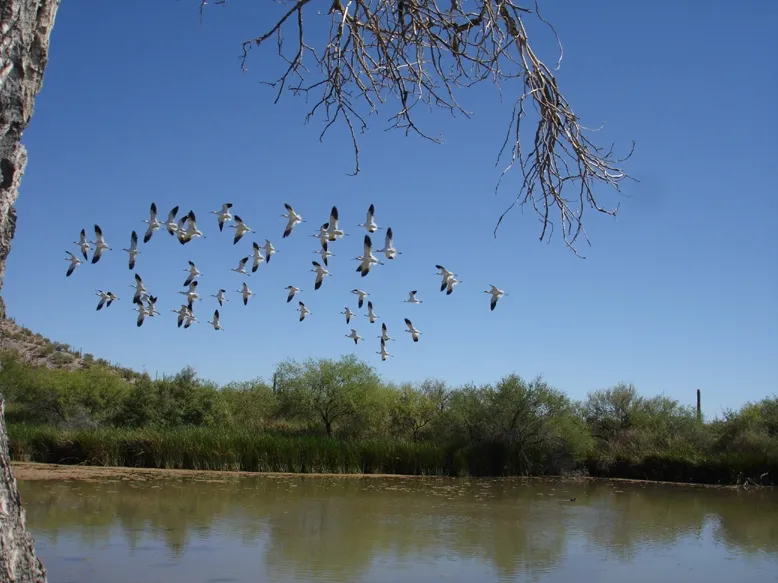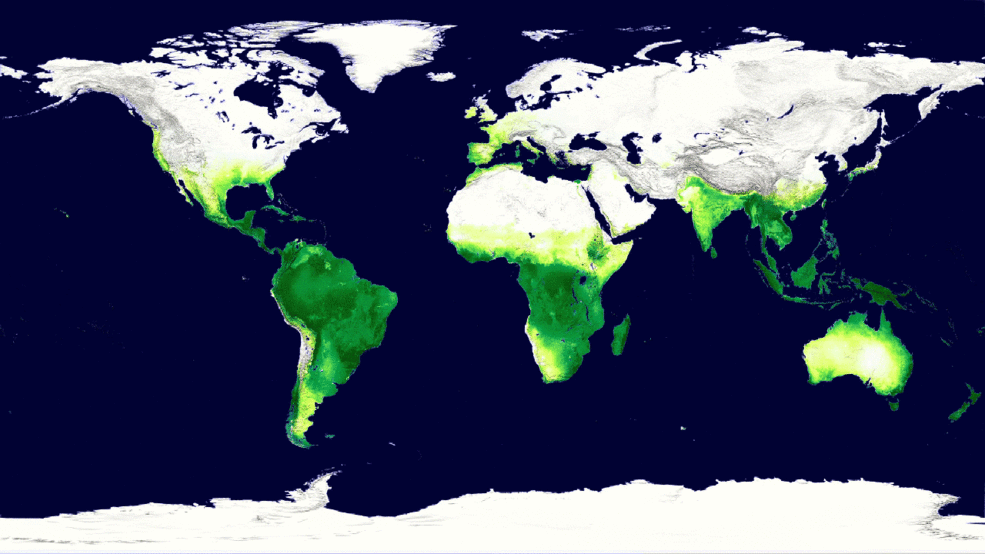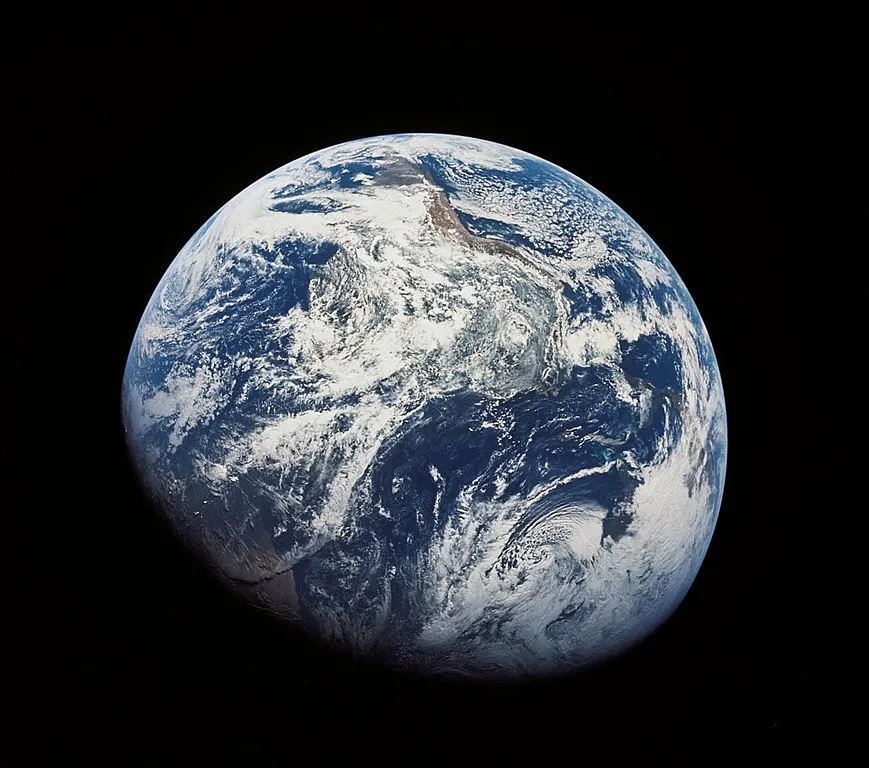The Biosphere

The biosphere includes all living things, both plants and animals, as well as their habitats.
National Park Service
How the Biosphere Influences the Earth System

Every year, vegetation in Earth’s biosphere changes dramatically with the seasons.
NASA

Since 1958, scientist Charles Keeling and others have measured the amount of carbon dioxide in Hawaii's atmosphere. The yearly fluctuations in carbon dioxide are due to seasonal plant growth, while the overall rise in carbon dioxide over many years is due to a combination of fossil fuel burning, deforestation, and cement production.
L.S. Gardiner/UCAR
Gaia: Balance in the Earth System

Earth behaves as a single system where all of the individual components, including atmosphere, oceans, land, and life, are interconnected.
The Gaia hypothesis, developed by James Lovelock in the 1970s, proposed that living organisms interact with their surroundings as part of a complex but self-regulating system to maintain and perpetuate the conditions allowing life to thrive. The main tenet of the Gaia hypothesis is that our planet is analogous to a single cell — everything it has or could need is contained within the cell, aside from energy that comes in from the Sun. On some levels, this is a challenging concept, and the ability of the Earth system to “self-regulate” in the face of multiple changes and stressors has not been unequivocally proven. However, the general idea of Earth as a contained system, balanced by the interactions between its components, is now widely accepted. Lovelock’s hypothesis links well with the concept of Earth as a system, which illustrates that the parts of our planet are interconnected in a multitude of ways.
Today, interdisciplinary research combining biochemistry, geochemistry, biology, hydrology, and atmospheric science helps us to better understand the biosphere’s role in the Earth system and, in particular, how biogeochemical cycles affect the Earth system. This understanding of the biosphere forms part of the framework utilized by supercomputer models, which describe and predict Earth’s climate.